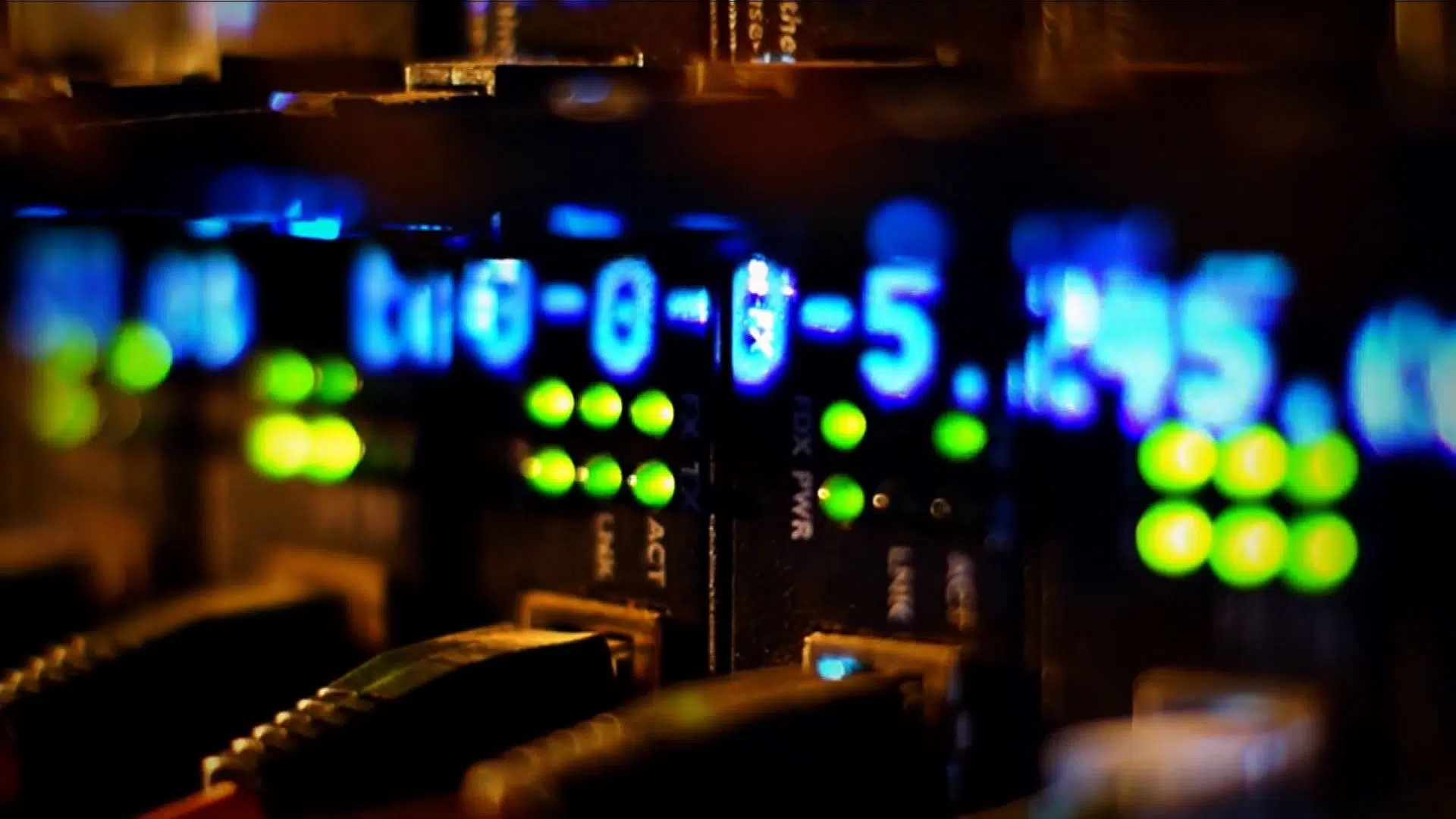
Sensitive information at risk as cyber threats evolve
KAMLOOPS — Modern technology has made it easier than ever to access and share information, but how secure is your personal data?
The third annual Privacy and Security Conference held at Thompson Rivers University Wednesday explored the growing risk of cyber breaches.
Even as people become more aware of the risks they face online hackers are finding more sophisticated ways to carry out their attacks.


